Cordyline fruti. 'Tango'
Cordyline fruti. 'Tango'
Rated 4.9 ⭐ by 100 satisfied customers on Google
Out of stock
Couldn't load pickup availability
- Home delivery throughout Belgium.
- Pick-up in Leuven possible.
- Colorful monster for the living room.
- Lifelong help for all your plant questions.
Cordyline fruti 'Tango' is a striking houseplant with elongated, bright red and dark green leaves that will enliven any room. This tropical beauty is equally suited to a living room or a bright office. Even if you have little experience with plants, Tango will help transform your interior into a colorful paradise.
The unique leaf color of Cordyline fruti 'Tango' makes for an instant eye-catcher. Thanks to its height and airy roots, this plant is a perfect fit for sturdy pots from our collection of pots for houseplants. Combine your Tango with 5 liters of potting soil for aroids for an optimal start.
Order Cordyline fruti. 'Tango' online today and enjoy a velvety-soft, tropical ambiance in your home within days. Have any questions? Our customer service team is ready to assist you via the contact page .
How to care for a Cordyline fruti 'Tango'
Watering Cordyline fruti. 'Tango'
Cordyline fruti. 'Tango' likes even moisture, but not wet feet. Water your Tango about once a week during the growing season (spring and summer). Always check first whether the top five centimeters of the potting soil feels dry. In autumn and winter, water less to prevent root rot. A watering can like our elho 1-5l watering can helps you apply the water precisely.
Light requirement Cordyline fruti. 'Tango'
Cordyline fruti. 'Tango' prefers a bright spot out of direct sunlight. Too much bright sunlight can burn the leaves, while too little light fades the colors. A location near an east- or west-facing window is ideal. Want to learn more about the light requirements of other colorful plants? Then read our tips in the blog about yucca care .
Common problems with Cordyline fruti. 'Tango'
Yellow leaves
Yellow leaves are often caused by too much or too little water. Check the soil moisture regularly and adjust your watering routine. Too dry can cause dehydration, while too wet leads to root rot. Remove yellow leaves with clean shears to prevent further mold growth.
Plant drips
Light water droplets on the leaves are usually harmless and indicate guttation. This occurs when the plant releases excess moisture at night. Ensure adequate ventilation and avoid watering right before bed. In case of heavy rain, you can reduce the humidity slightly by opening windows occasionally.
Plagues
Spider mites and thrips can occur at high temperatures and low humidity. Check the undersides of the leaves regularly. Control pests with a natural insect spray or sticky traps like our fungus gnat sticky traps . For comprehensive pest prevention, read more in our blog about dracaena care .
Roots emerge from the bottom of the pot
When the roots grow out of the bottom of the pot, it's time for your Tikko to move to a larger one. Choose a pot from our selection of pots for houseplants and repot it in fresh, well-aerated potting soil. This encourages growth and prevents your plant from becoming confined to its space.
Brown edges on the leaves
Brown edges often result from low humidity or too much direct sunlight. Increase the humidity with a plant mister or place your Tango on a moist substrate of hydroponic clays. If the sunlight is too bright, move the plant to a spot with indirect light.
Various species within the Cordyline family
- Dracaena marginata (related, slow-growing) – https://deplantrekkers.com/products/dracaena-marginata
- Yucca elephantipes (strong & easy) – https://deplantrekkers.com/products/yucca-elephantipes-kopen
- Aglaonema Silver Bay (dark green leaf) – https://deplantrekkers.com/products/aglaonema-silver-bay
- Aglaonema Green Lady (forgiving) – https://deplantrekkers.com/products/aglaonema-green-lady
- Sansevieria zeylanica (succulent, air purifying) – https://deplantrekkers.com/products/sansevieria-zeylanica
- Beaucarnea recurvata (elephant's foot, strong) – https://deplantrekkers.com/products/beaucarnea-recurvata
- Monstera minima (swiss cheese plant, tropical accent) – https://deplantrekkers.com/products/monstera-minima
Also check out our 5l collection of potting soil for aroids and give your new Cordyline fruti 'Tango' the perfect start. Order today and benefit from fast delivery times according to our shipping policy .
Share
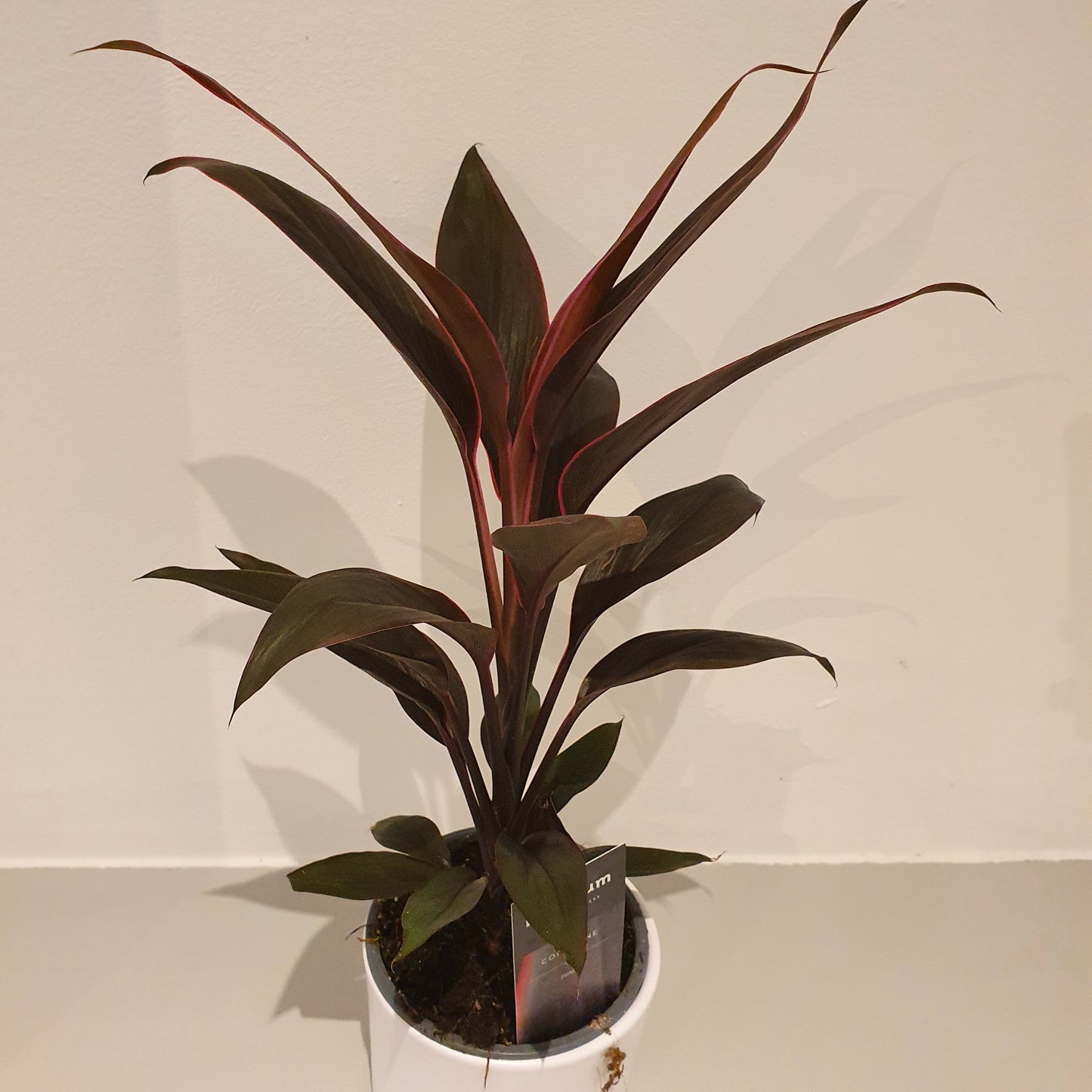
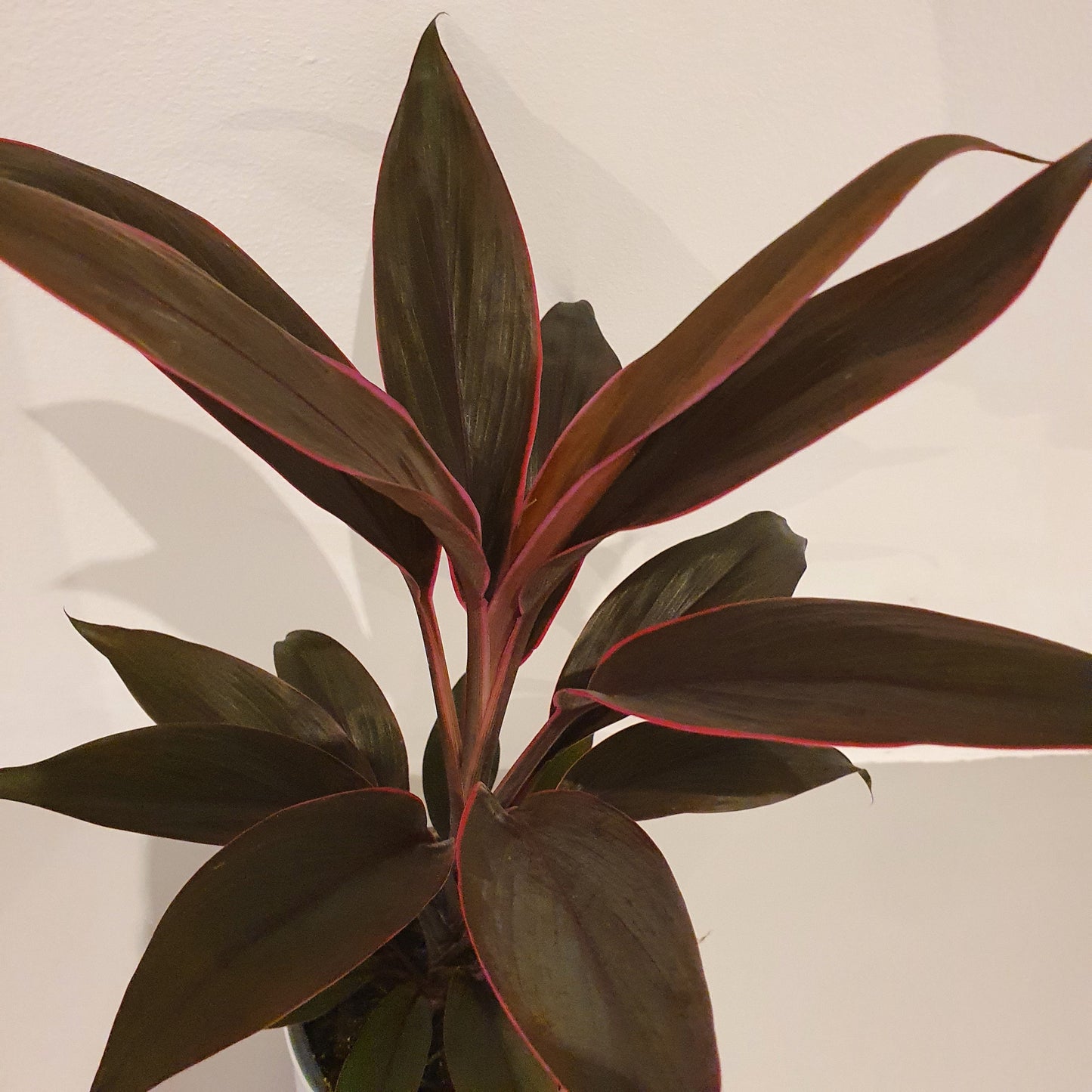
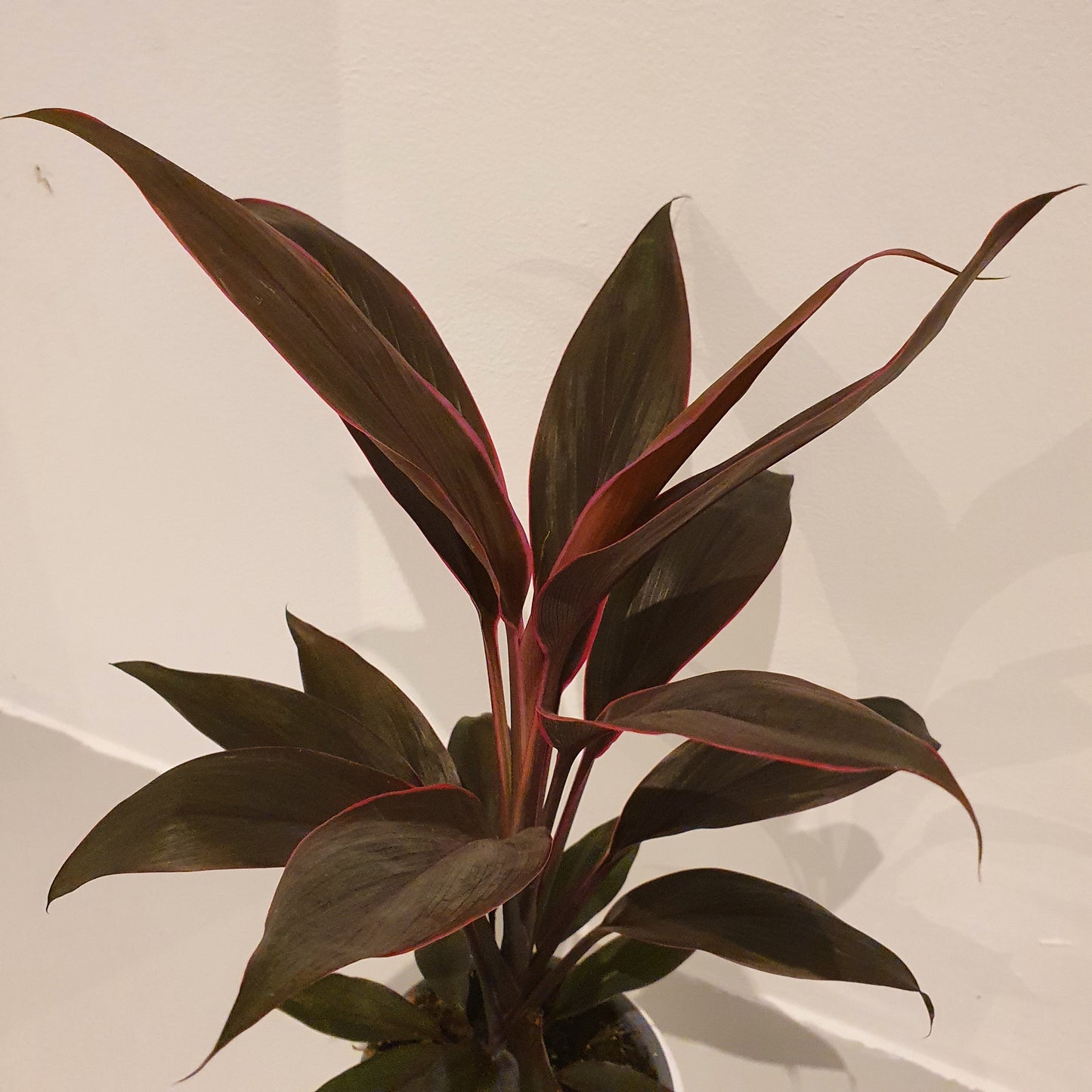
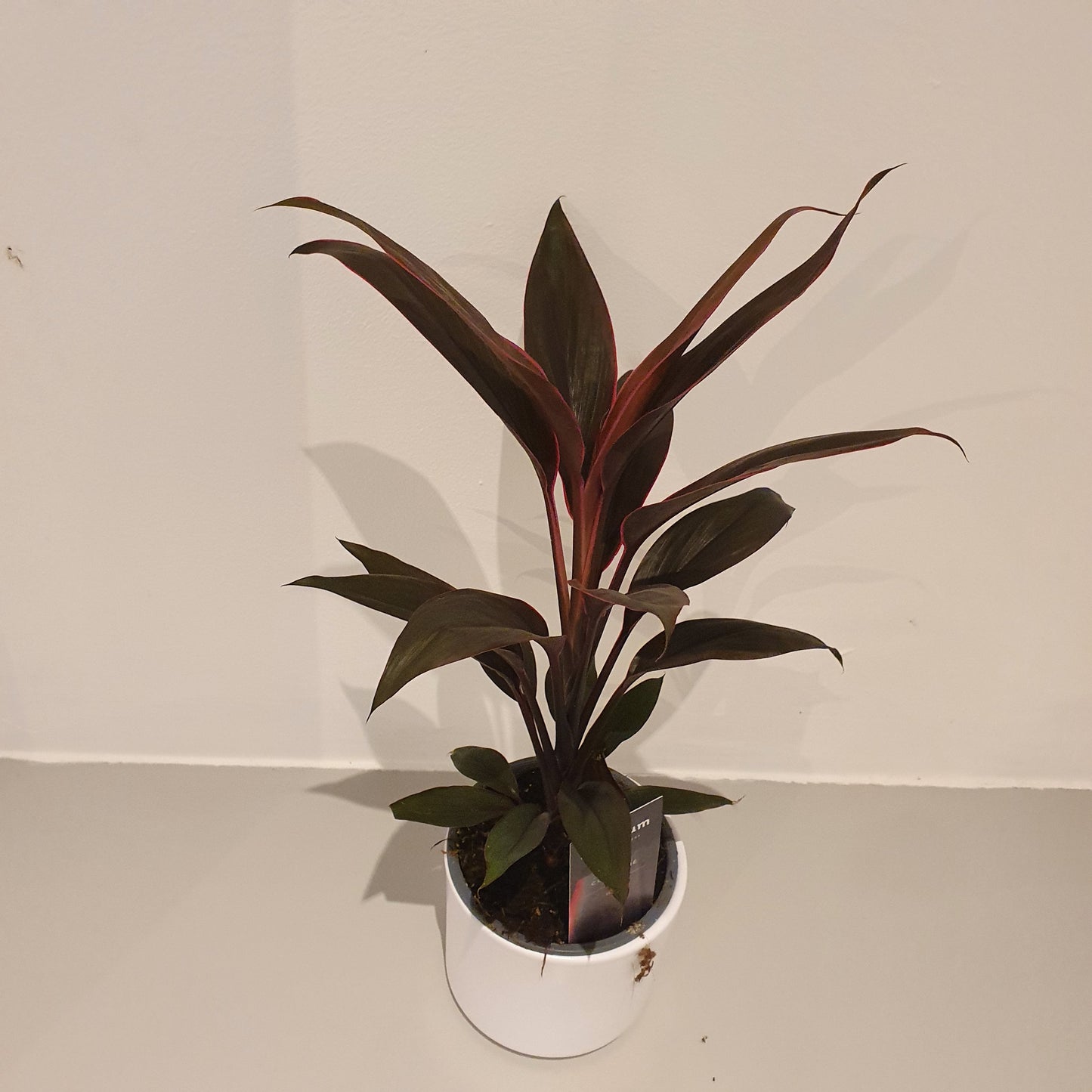
Frequently Asked Questions
How do you ship plants?
We always ship our plants well packaged and safely.
We do not ship on cold days and we also try not to ship during the weekends. This way plants are always in suboptimal conditions for a minimum time.
What is your shipping policy?
You can read our shipping policy here.
What payment methods do you accept?
We accept various payment methods online such as Bancontact, Visa, Mastercard, Paypal.
You can also pay with Ecocheques in our store in Leuven.
Can I return the products?
You can read our returns policy here.
Where do your plants come from?
Our plants always come straight from the grower to our shop. With minimal stops we prevent pests and diseases and keep the chain short!
Collections
-
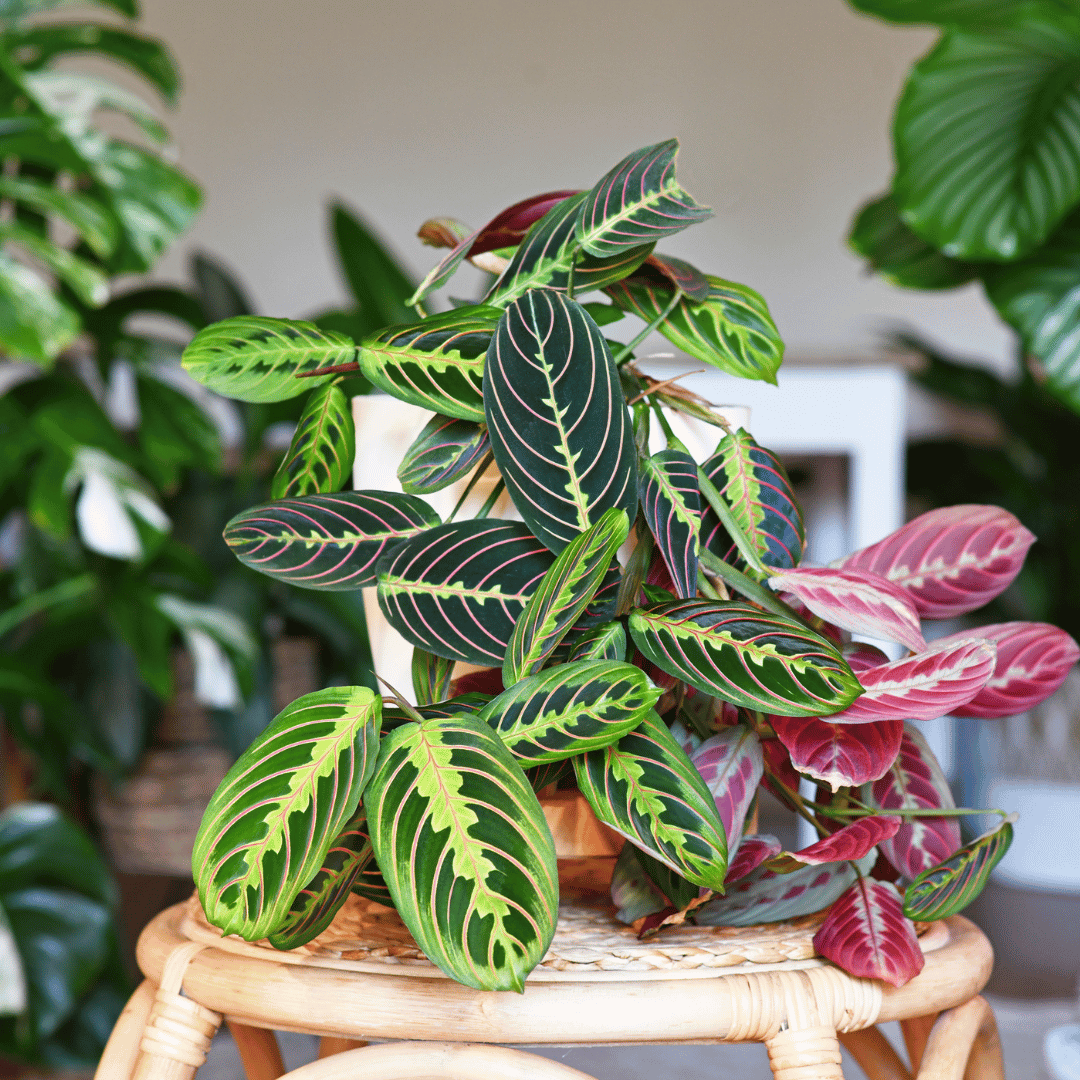
Buy Maranta's
Discover the unique charm of our collection of Maranta plants. With their...
-
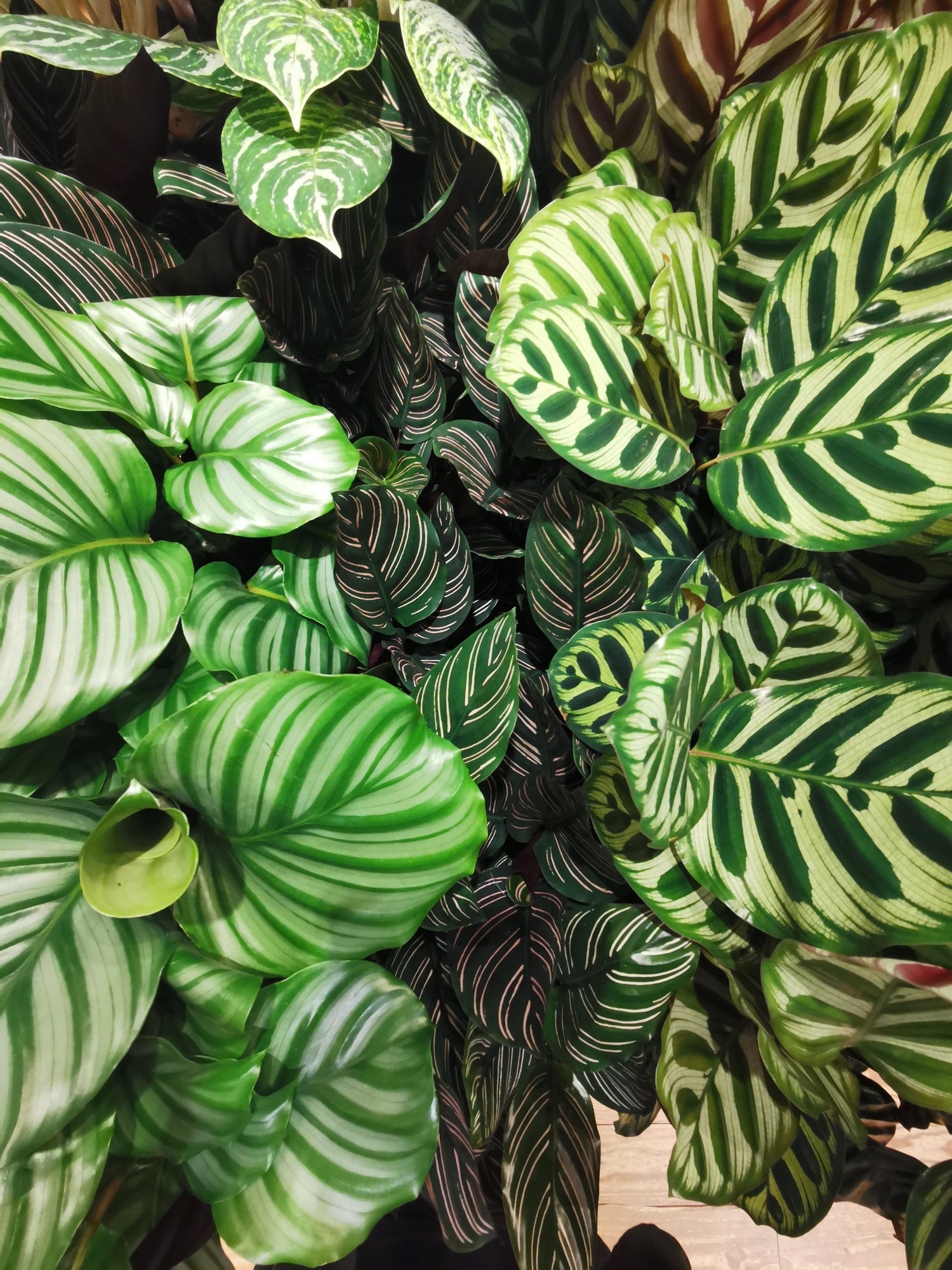
Buy Calathea
Are you looking for a beautiful and unique houseplant that will purify...
-
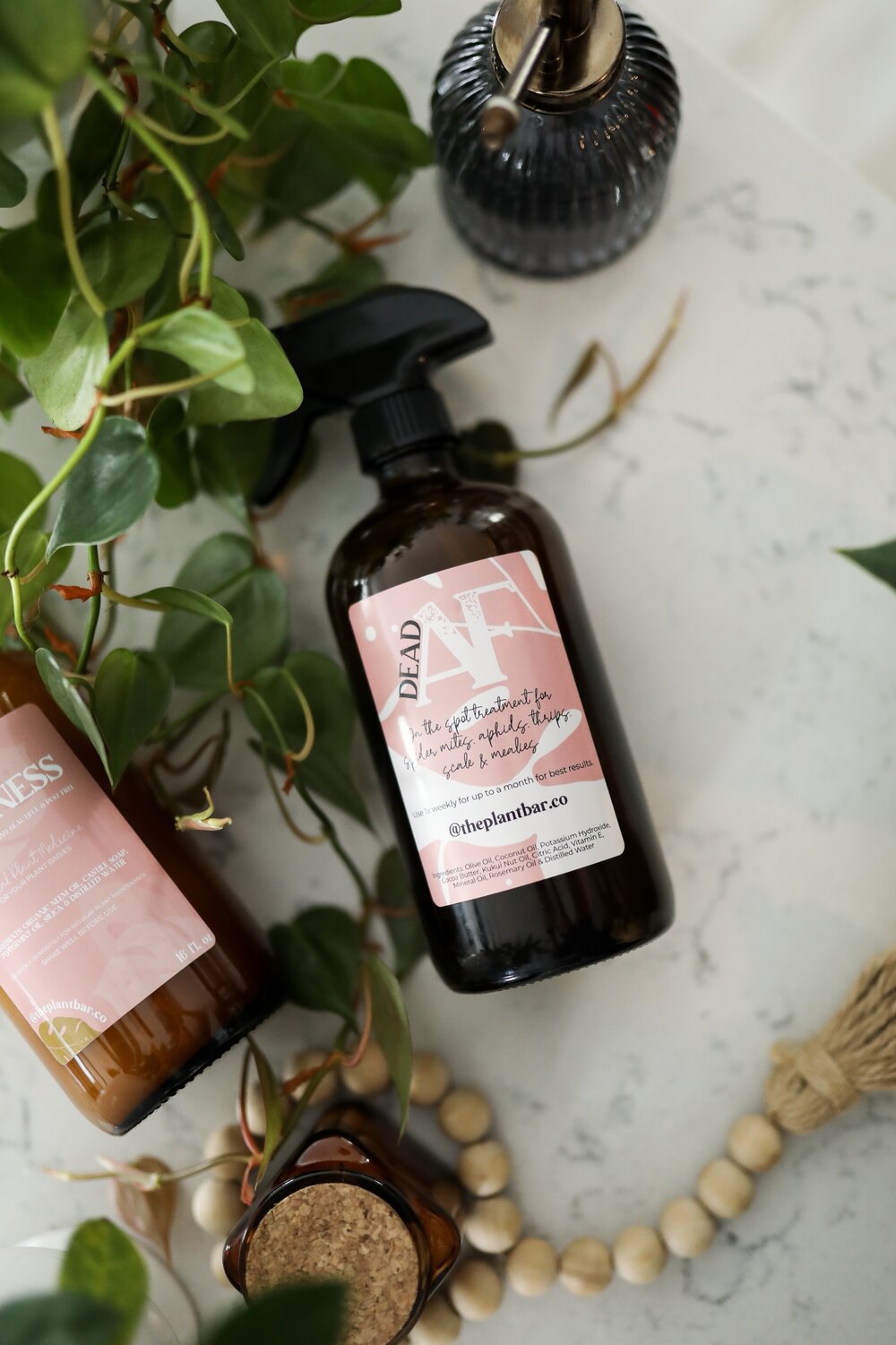
Accessories for Plant Lovers
In our store we have a wide variety of accessories to help...







